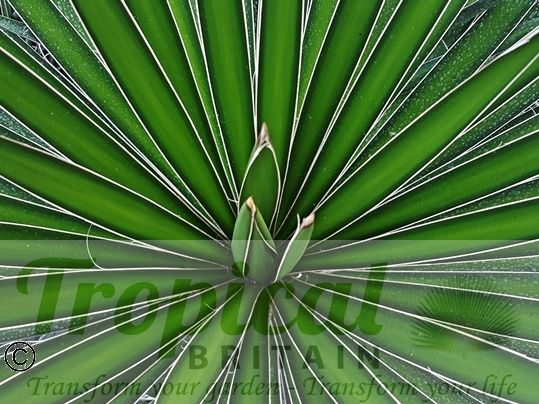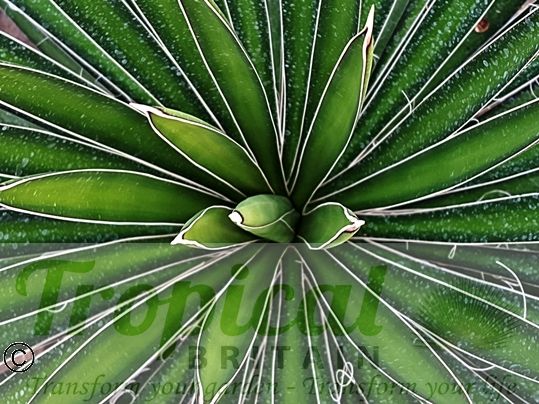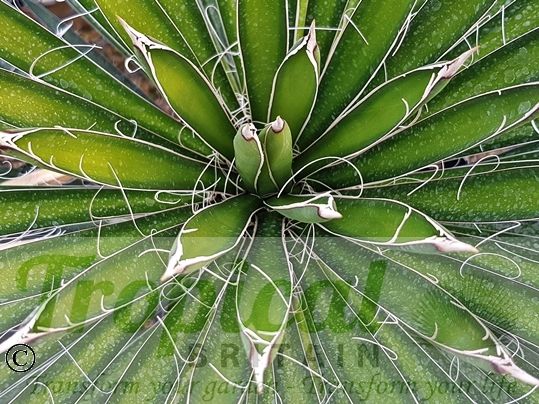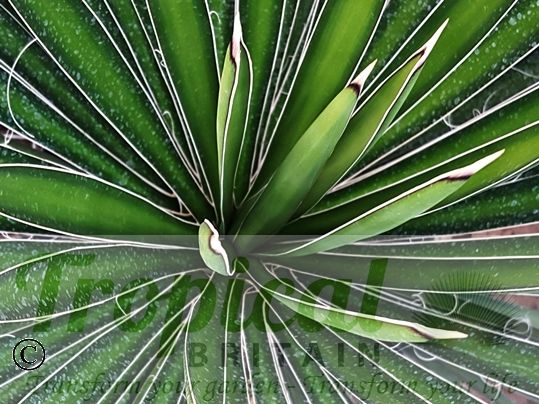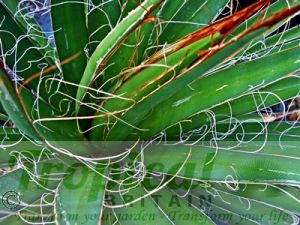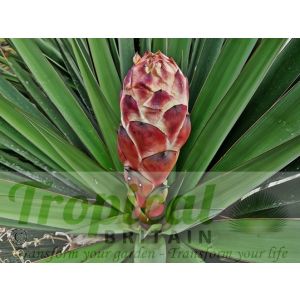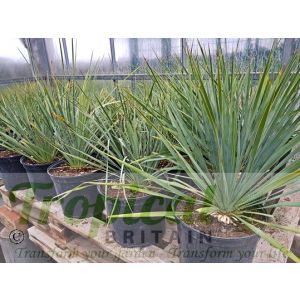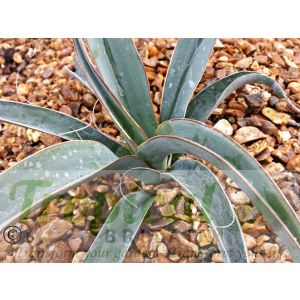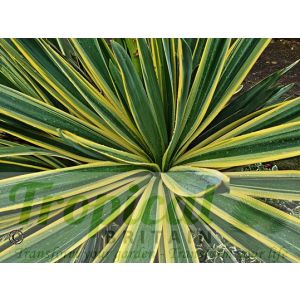Yucca carnerosana
Yucca carnerosana, the Giant Spanish Dagger, is a large broad-leaved tree yucca, native to Northern Mexico with its range extending from Chihuahua and Coahuila into the Trans-Pecos area of South Western Texas. There is also a separate population in Nuevo Leon, San Luis Potosi and Zacatecas. It reaches as far north as Brewster County in Texas encompassing the Big Bend National Park where it grows at elevations of 6700 feet and this area - one the most mountainous and arid parts of the Chihuahuan Desert - is a good indication of its cultivational requirements and general toughness.
It is a magnificent and fast-growing species with large impressive leaves and of the various desert species of Yucca it is one of the more hardy for UK conditions, tolerating temperatures down to at least -12 C and probably lower if kept completely dry in winter. Beyond that I recommend a double covering of horticultural fleece which will not only keep it warmer but will also keep its crown dry while allowing air to circulate. Ensuring that both the ground and the crown are kept dry during the winter are key for these desert plants. As well as a raised bed containing a virtually soil-less substrate composed of grit, rough limestone, shingle and sand, a large plastic groundsheet can also be effectively employed during any extended periods of rainfall during cold weather - taking particular care that the run-off doesn't drown any other xeriphytic plants. The dedicated exotic gardener will be well-rewarded for his efforts with this wonderful species. In time it develops a thick trunk with a large symmetrical rosette of leaves that have long white filaments curling from their margins. The lower leaves - like those of so many desert species - hang down to form a persistant skirt around the trunk and this should be left in place to provide extra protection during the winter. In Mexico's north-central area where Yucca carnerosana thrives, the stiff dry fibres from these leaves are known as ixtle and are sold for use in the brush-making industries or used locally for cordage. The whole region, the dry arid desert where ixtleros gather the fibre and also that of Agave lechugilla, is known as the Zona Ixtlera. (Ixtle fibre is also made from the leaves of the tropical bromeliad, Achemea magdalenae)
Favouring an alkaline soil, Yucca carnerosana may be best-suited to those exotic gardeners with a southern chalk soil. A microclimate on the southern slopes of a chalky hill or a sheltered position amongst the limestone rubble of old quarry tailings would be about as ideal as it gets in the UK. For the rest of us, its just down to gritty determination, the addition of limestone chippings and that curious horticultural combination of luck and skill.
Yucca carnerosana has an enormous arborescent habit and together with Yucca faxoniana is the largest of the yuccas in the Trans-Pecos, growing as tall as 9 m in its natural habitat. Opinions differ on the taxonomy of the two species. They are very closely related and with Yucca faxoniana growing as far north as the Guadalupe mountains in Hudsbeth and Culberson Counties - the highest elevations in Texas - it is generally considered the more hardier of the two.
Vigourous strong-rooted plants. Bargain!
Additional Information
| Order | Asparagales |
|---|---|
| Family | Asparagaceae |
| Sub-Family | Agavoideae |
| Synonyms | Samulea carnerosana, Yucca australis, Yucca faxoniana var. carnerosana |
| Geographical Origin | Northern Mexico, Trans-Pecos area of South West Texas |
| Cultivation | Full sun. Gritty well-drained alkaline substrate with added limestone chippings. A virtually soil-less mix and raised bed will ensure good drainage |
| Eventual Height | 3-4 m |
| Eventual Spread | 1-2 m |
| Hardiness | to -12 C, perhaps more if kept bone dry |

Free DELIVERY
ON ALL ORDERS OVER £99THIS OFFER IS VALID ON ALL OUR STORE ITEMS.

